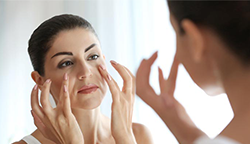Having a glowing complexion is on the top of the wish list of most women. But in order to achieve that radiant & healthy skin so many women use a lot of chemical-based products, which can be unsafe for long term use. Facials have been a popular skincare treatment for long, now HydraFacial treatments are taking them a step forward with some amazing results! Read on to find out more about this wonderful skin-nurturing.
What is HydraFacial treatment?
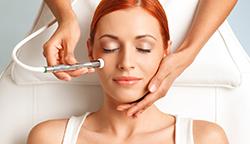
Is HydraFacial treatment beneficial for the skin?

How does HydraFacial work?
HydraFacial treatment is done using an instrument called HydraPeel which removes the dead cells from the skin and infuses it with serums and hydrating agents (anti-oxidant & anti-ageing).
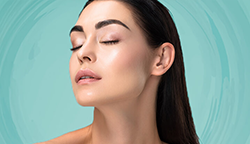


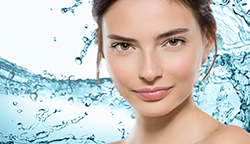
Is there a difference between HydraFacial and Microdermabrasion?
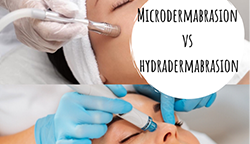
HydraFacial is non-invasive while microdermabrasion is minimally invasive
Microdermabrasion uses a device called DermaSweep which has an abrasive tip for removing dead cells and pollutants from the skin whereas HydraFacial uses HydraPeel which has a vacuum tip and is much more gentler than the DermaSweep.
HydraFacial is suitable for all skin types whereas for Microdermabrasion you will need to consult a dermatologist if your skin type is suitable for the procedure.
How to find out if you are the right candidate for HydraFacial?
You need the HydraFacial treatment if you have
- Acne
- Fine lines and wrinkles on your face
- Dull and lifeless skin
- Loose skin and wish a younger-looking, healthy skin
Are there any side effects of HydraFacial?

Aftercare for HydraFacial: a few skincare tips!
As with any procedure, post-treatment care is vital. Here are some important skin care tips to follow after HydraFacial treatment.
- Don’t go out in the sun immediately after treatment
- Use SPF 40 sunscreen if you do have to go out
- Don’t wax your face to the area treated right after getting HydraFacial
- Don’t exfoliate or use skincare products that have acids in them for two weeks at least post-treatment
- Don’t use steroid OTC creams for the next 48 hours
- Don’t use products with retinol or Retin –A for the next few days
- Hope this information on HydraFacial Treatment has been useful. Always consult your dermatologist for any skin related issues.


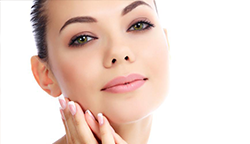 You need the HydraFacial treatment if you have
You need the HydraFacial treatment if you have